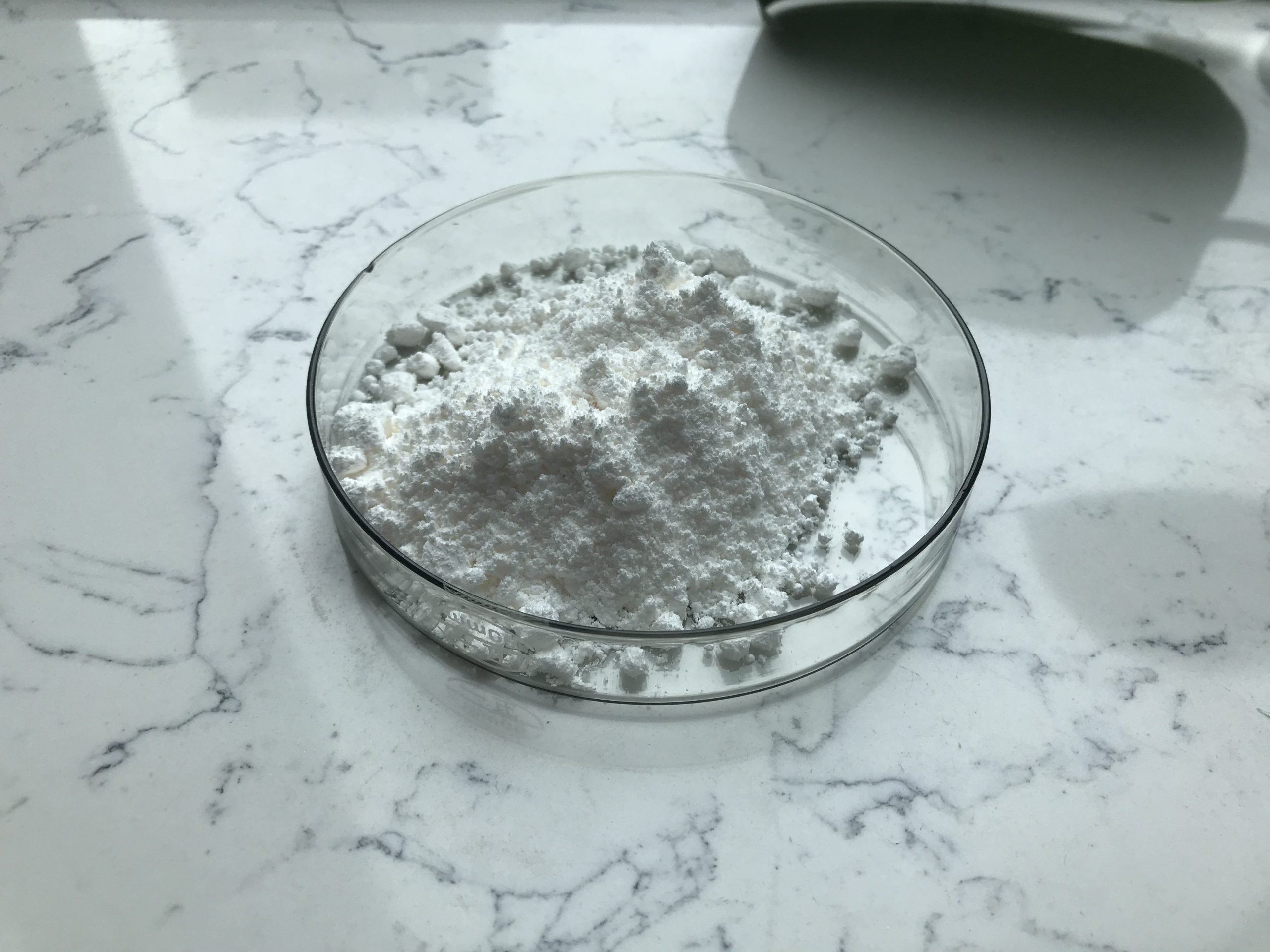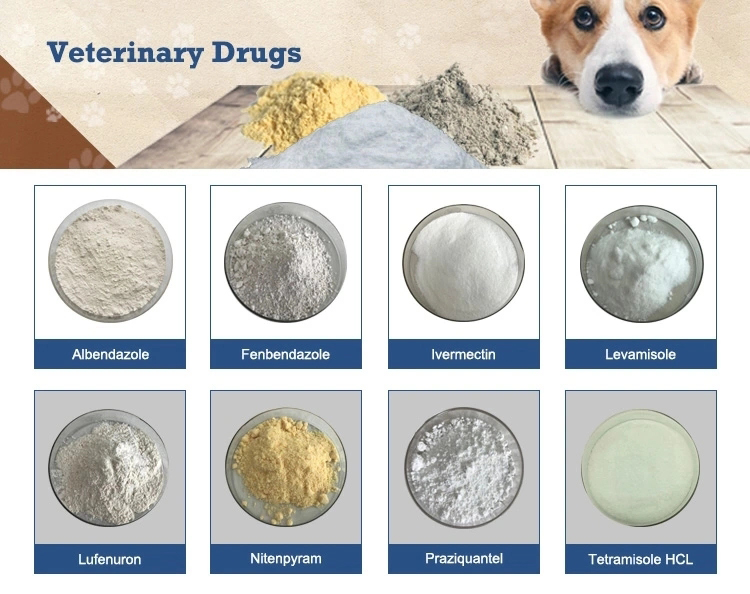Praziquantel is an antiparasitic medication primarily used to treat a variety of parasitic infections, especially those caused by schistosomes (a type of fluke) and tapeworms. It is effective against a wide range of parasitic diseases, including:
Mechanism of Action:
- Praziquantel works by altering the permeability of the cell membranes of the parasites, leading to the paralysis and eventual death of the worm. It primarily targets the tegument (outer membrane) of the parasitic worms, making them more susceptible to the host’s immune system.
- It induces an influx of calcium ions, resulting in muscular contraction and spastic paralysis, which paralyzes the parasite and leads to its expulsion from the body.
Uses of Praziquantel:
- Schistosomiasis – Caused by the Schistosoma species (e.g., Schistosoma mansoni, Schistosoma japonicum).
- Cysticercosis – Infection with Taenia solium (pork tapeworm) larvae in tissues, including the brain (neurocysticercosis).
- Trematodiasis – Infections caused by liver flukes (Fasciola hepatica) and other trematodes.
- Tapeworm Infections – Treats Diphyllobothrium and other tapeworm species.

Dosage of Praziquantel:
The dosage varies depending on the type of infection, but it is commonly administered as a single dose or in a short-course regimen.
For schistosomiasis, a typical dose is 40 mg/kg body weight, administered in divided doses.
Side Effects of Praziquantel:
- Common side effects include headache, dizziness, gastrointestinal discomfort (e.g., nausea, abdominal pain), and fever.
- Rare but serious side effects include liver damage and neurological issues in certain cases, particularly in individuals with cysticercosis or those with significant parasitic burdens.
Contraindications:
- Pregnancy: Use with caution, particularly in the first trimester. It’s categorized as Category B (no evidence of risk in humans), but it should still be used only when necessary.
- Liver dysfunction: It should be used with caution in patients with pre-existing liver disease.
Pharmacokinetics:
- Absorption: Well absorbed orally, but absorption can be enhanced when taken with food.
- Half-life: Approximately 1–2 hours, but the therapeutic effects persist longer due to its mechanism of action.
- Metabolism: Metabolized in the liver by cytochrome P450 enzymes.
- Excretion: Primarily excreted in the urine.

Interactions:
- Cimetidine (a stomach acid reducer) can increase praziquantel blood levels, potentially leading to more side effects.
- Rifampin (an antibiotic) can reduce praziquantel’s effectiveness by increasing its metabolism.
Brand Names:
- Praziquantel is sold under several brand names, including Biltricide, Distocide, and others.
Conclusion:
Praziquantel is a widely used and effective treatment for a range of parasitic infections. Its broad-spectrum action against helminths makes it an essential drug in tropical medicine and for global parasitic disease control.
